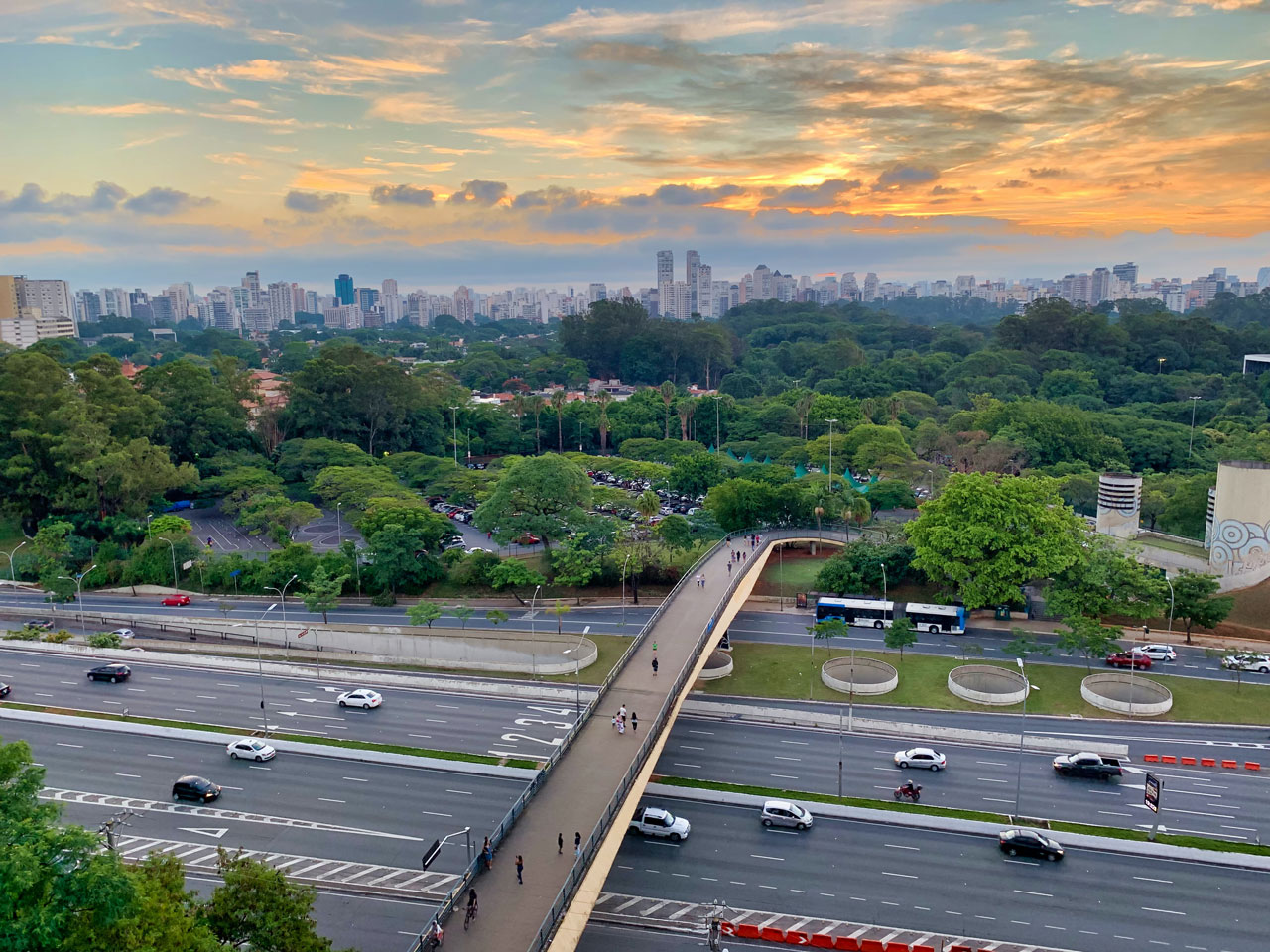
The 10th Intersolar South America was held in Sao Paulo, Brazil, from August 29 to 31. The exhibition covered multiple photovoltaic industry fields such as photovoltaic modules, management systems, and energy storage devices. Photovoltaic technology and equipment from China became the focus of the exhibition.
Brazil's local new energy company Energy Brazil launched a set of operation management systems specifically for green energy at the exhibition, which can help users reduce the cost of green energy power generation and help popularize green energy. The cost-effective and efficient Chinese new energy equipment is this system important parts of.
"With its huge potential in the field of green energy, Brazil is becoming an important player in the world's green energy market, and the arrival of Chinese technology and Chinese enterprises can help the Brazilian green energy market further mature and develop." Tulio, CEO of Energy Brazil said Fonseca.

The Chinese enterprise Fuzhou Energy Optimal Technology co.,LTD believes that: Brazil, Chile and other Latin American countries are rich in light resources, vigorously developing the solar power generation industry can not only provide local power supply, but also help the local development of green ammonia, green hydrogen and other green energy industries, creating Regional Clean Energy Center. The company has begun to strategically deploy Latin American countries and regions. Based on China's technological advantages, the company provides affordable and high-quality photovoltaic equipment to the region through the company's EGYO brand photovoltaic module products, helping Latin America realize green energy transformation.

Brazil’s energy development plan shows that Brazil will focus on developing renewable energy power generation such as wind energy and solar energy. According to statistics from the Brazilian Ministry of Mines and Energy, as of the end of 2022, Brazil's combined wind and solar installed capacity is close to 30 GW, and is expected to increase to 39 GW by the end of 2027.